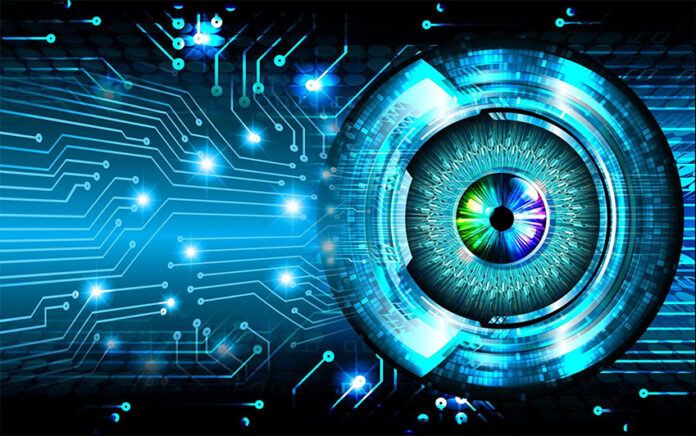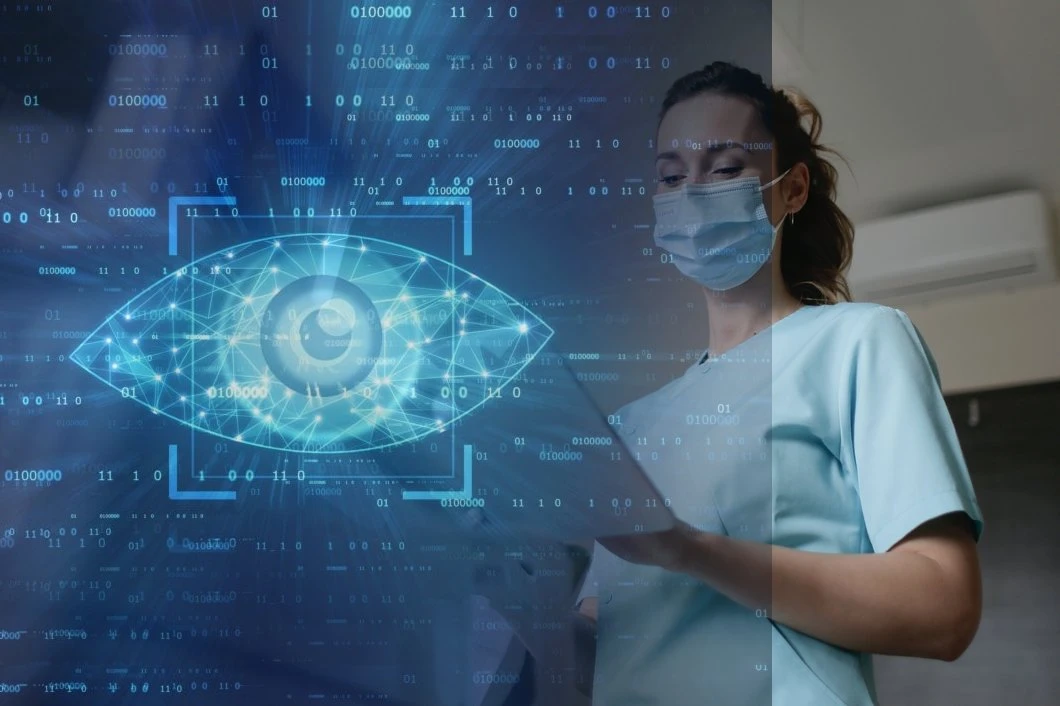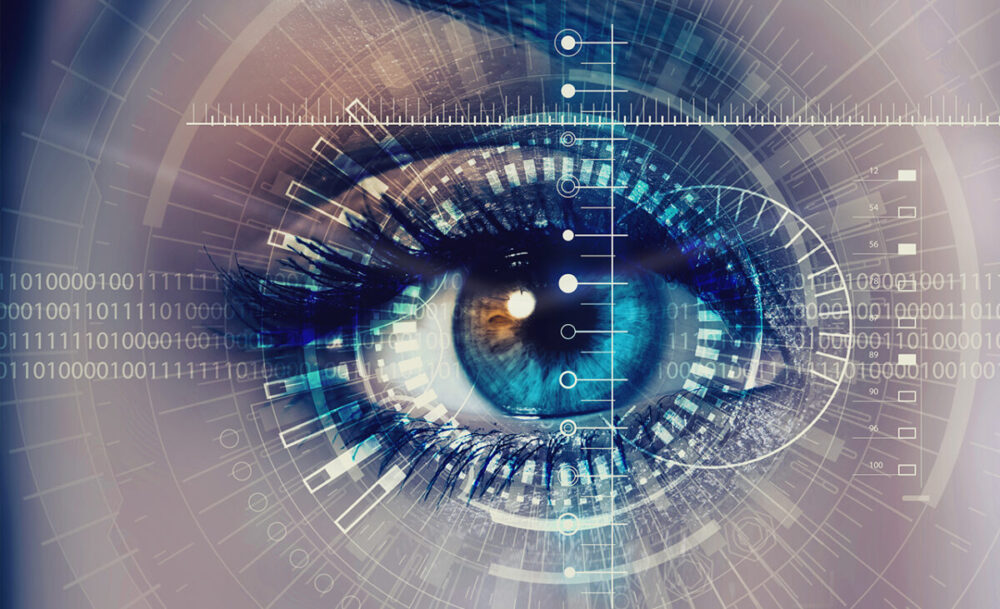
Computer vision is becoming an increasingly important tool in today’s technologically advanced world. Computer vision has been around for some time and is used in various applications and industries like retail, healthcare, banking, and the industrial sector, to name a few. However, only some people are familiar with it.
This blog will answer what is computer vision and discuss its uses.
What Is Computer Vision?
Computer vision is a computer science field that studies how to enable computers to see, understand and interpret images as humans do. To achieve this, computer vision systems use deep learning algorithms to analyse digital images for objects, colours, shapes, and other features. Computer vision finds applications in various fields, such as security and
surveillance, in the automotive industry, medical imaging, agriculture management industries, and computer gaming, among others.
How Does Computer Vision Work?

Computer vision uses computer algorithms and mathematical models to analyse and process images from digital cameras or other sources, such as online videos. The computer algorithm extracts features from the image—shapes, colours, patterns, and textures. Through this extraction process, computer vision systems can identify objects in the image that interest the user.
The computer vision technology process generally follows three steps: (1) image acquisition from cameras or scanners for analysis; (2) image processing which includes noise reduction techniques and feature extraction; and final step, (3) pattern recognition via machine learning techniques like deep learning models. Image acquisition involves identifying the desired task for computer vision systems, such as object recognition or facial recognition. Image processing uses computer algorithms to analyse images and extract features such as shapes, textures, and colours. Pattern recognition is accomplished through machine learning models trained to recognise specific objects or patterns in images.
What are the Uses of Computer Vision?
Computer vision can be used for a variety of purposes and industries. Industries specify computer vision to implement automated computer vision systems for tasks, such as object and facial recognition, which is essential for that industry. Examples of notable uses of computer vision are as follows.
Security and Surveillance
Computer vision is used in security and surveillance systems to detect and recognise persons, objects, or activities. It can be employed for facial and license plate recognition tasks. For example, you may integrate computer vision with the cameras monitoring an airport or train station to search for wanted individuals. The facial features of the suspects may be encoded in the system, and the cameras will alert authorities when the suspect is spotted.
Automotive Industry
Computer vision is used in the automotive industry to enable autonomous driving and advanced driver assistance system (ADAS). Computer vision algorithms can detect obstacles, pedestrians, or other vehicles on the road, leading to a safer and more efficient driving experience. Driverless cars and automated parking lots are two computer vision applications that are gaining popularity. Driverless cars use sensors and cameras to detect and avoid any potential collisions. At the same time, automated parking lots allow cars to park without a driver by using computer vision algorithms to see parking spots.
Healthcare and Medical Imaging

Computer vision is used in healthcare and medical imaging for computer-aided diagnosis/detection (CAD) systems. CAD systems are computer programs that process medical images such as X-rays, MRIs, and CT scans to detect abnormalities or diseases. Radiologists can use these computer vision algorithms to assist them in detecting cancerous cells or other potentially harmful conditions. Computer vision also has applications in surgical robots which are programmed with computer vision algorithms to assist surgeons during operations.
Agriculture Management
Agricultural management uses computer vision to automate crop monitoring and analysis. Computer vision algorithms can detect crop changes such as pest infestations, disease, or nutrient deficiencies. This computer vision technology enables farmers to monitor their crops more efficiently and accurately. It also reduces costs since they no longer need to hire many workers for manual crop inspection.
Computer Gaming
Computer games are becoming increasingly popular due to computer vision technology that has enabled virtual reality gaming experiences. Computer systems can detect gestures, facial expressions, and movements through computer vision algorithms, making computer gaming a much more immersive experience. Computer vision can also be used for creating computer-generated graphics in computer games.
Retail Industry
Computer vision is used in the retail industry to automate store operations and customer service. Computer vision algorithms can track customers’ behaviour across store premises, such as if they are using or trying out merchandise in a store. Stores can also use computer vision systems for automatic checkout processes, inventory management, and product recognition.
Energy and Utility Industry
Computer vision is also used in energy and utilities industry applications for monitoring and controlling power systems. Computer vision algorithms can detect anomalies or changes in power plants, enabling smart grids to adjust electricity consumption accordingly. This computer vision technology helps reduce load shedding, resulting in more efficient use of electricity and improved security of power supply.

Conclusion
Computer vision is an essential technology with unlimited potential applications across many industries. With computer vision, tasks such as object recognition, facial recognition, autonomous driving, and medical imaging are now possible. This technology offers many advantages over traditional methods by reducing costs and increasing accuracy and efficiency. Computer vision will continue to revolutionise the way we work and interact with the world around us.








